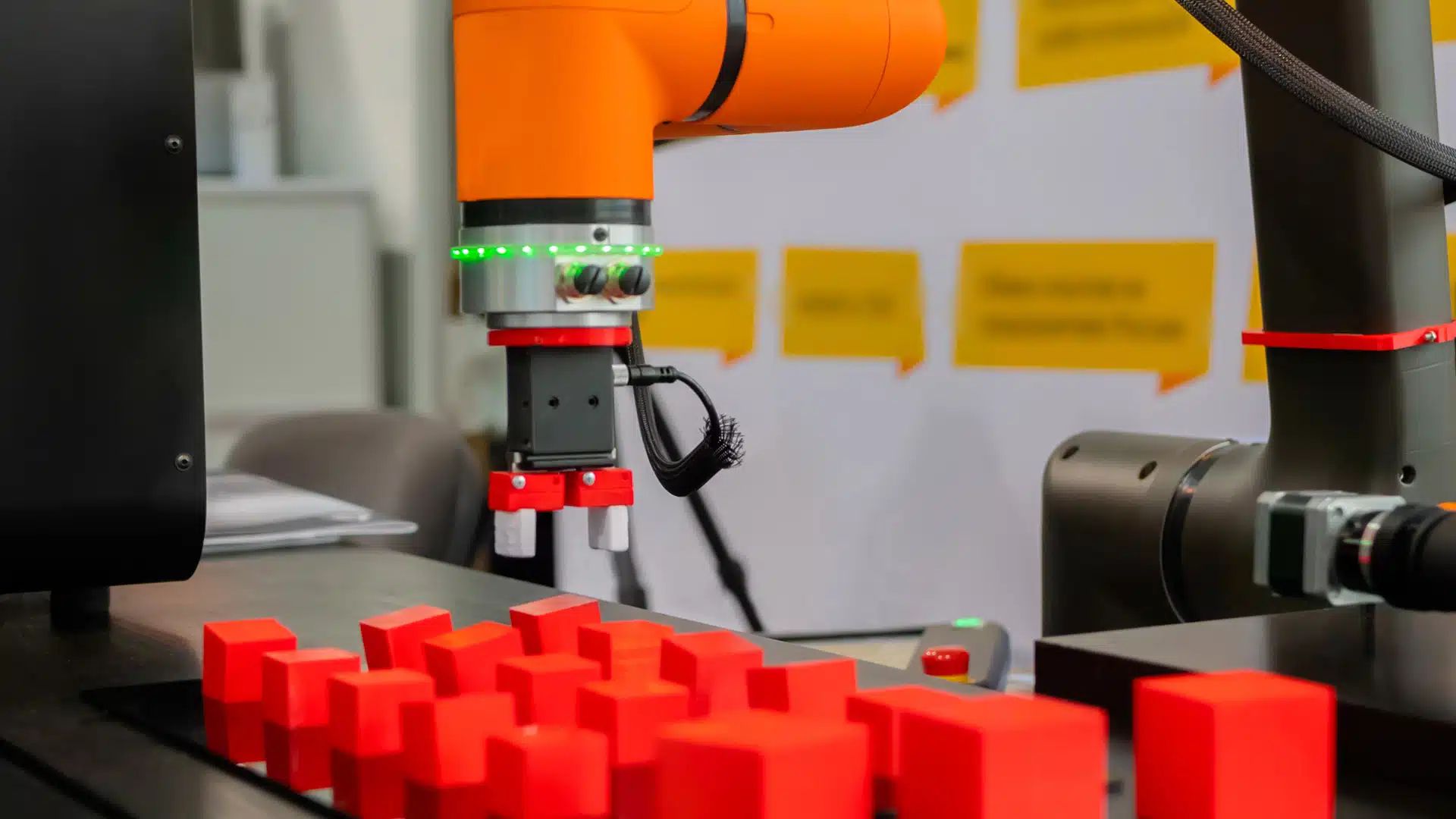Ensuring excellent CX during times of relative normalcy can be challenging for most organizations, with issues such as managing unrealistic customer expectations, product shipping and fulfillment delays, and increases in demand for customer service or support all coming into play. These challenges can be further exacerbated by unforeseen factors, such as weather events, power outages, local or regional emergencies, or other crises, including civil unrest, natural disasters, or even multinational conflicts.
Even when advance notice is available (in the case of forecasts of hurricanes, floods, heavy snowfall, or potential for civil unrest), businesses may not have the time or resources to develop an ad hoc plan. That is why it is important to map out specific scenarios, anticipate the impact on your organization, and craft appropriate responses that can be deployed to mitigate the effects on your operations and CX.
Create a communication plan
In the event of a disaster or emergency, traditional communications channels may be down, or only work intermittently. It is important to develop specific messaging to keep customers, partners, and employees informed of the company’s status in the event of an emergency. Moreover, these messaging plans need to be pre-configured so they can be deployed across any available channel or channels, and should leverage the viral nature of digital communications to extend their reach.
For example, in the event of threatening weather, such as a massive snowstorm, a business providing essential services should pre-load a page on its website where there are updates on the availability of your products and services, especially if customers cannot reach you through other means. There should be two versions available; a normal page with full features, and a text-only page that can be easily and quickly loaded when there are significant disruptions to internet connections and bandwidth. Similarly, a pre-recorded message should be loaded onto your primary telephone contact numbers so customers don’t need to sit in a queue to get the information they need.
For communicating with employees, consider leveraging the tools that are often deployed during emergencies, such as Facebook’s Safety Check feature. This can help alleviate issues with checking in with key staff, particularly if other lines of communication are unreliable. It is also wise to establish policies and procedures for managing operations during an emergency, by clearly establishing a protocol and priority list for communicating with key stakeholders, including the channels, services, and technology tools that should be used.
Managing product or service disruptions
A natural disaster or emergency can disrupt product or service delivery, often impacting manufacturing, shipping, or other service delivery partners. How an organization manages the impact of this loss of business continuity can mean the difference between being profitable or saddling the company with a financial loss that may be difficult to overcome.
The key is to manage what is controllable, and oftentimes, delivery schedules, product production timelines, and staff availability are out of your control during times of crises. That is why it is vitally important to manage what can be controlled, which is the communication between your organization and stakeholders. This means keeping customers informed of the status of orders in progress, with realistic delivery dates, and letting customers know when service operations (such as CX and technical support teams) will be fully restored. By providing open and transparent information, it will underscore the belief that customers are truly valued partners, and are worthy of near-real time updates.
Utility companies have significantly upped their game in recent years, with many rolling out opt-in text-based notifications in advance of anticipated weather events, thereby allowing the customers to report outages during a storm, as well as receive estimated restore times based on their specific location. These companies also provide online maps that can visually depict outages and restorations, so that in the event a single customer is still in the dark when their neighbors have service, crews can quickly address their issue.
From a CX perspective, it is also valuable to truly assess when a situation may make product or service delivery challenging or impossible within a customer’s required time frame. In that case, it may be advisable to let the customer know they have the option of cancelling their order, and purchasing from another vendor. While this may cause a loss of revenue, it will generate goodwill, as it demonstrates that your organization truly has the customer’s best interest at heart.
Dealing with staffing issues
A natural disaster or emergency can displace your customer service agents temporarily or even permanently if it destroys their homes. For onsite employees, any services they provide may be completely halted (as was seen during the COVID-19 pandemic lockdowns). For this reason, it is important to have contingency plans in place, which can include allowing workers to operate remotely to handle CX issues, and to deploy AI-based self-service tools well in advance of an emergency that can be more fully leveraged to handle inquiries. It’s also wise to ensure that staff in other departments are trained to handle customer inquiries in the event of an emergency, so they can quickly step in to handle the most pressing issues that require human intervention.
With careful and proper planning, it is possible to minimize the impact of an emergency, and help manage CX and operational issues. Further, performing well during a time of crisis can help develop stronger bonds with your customers, particularly if they see the extra steps your company has taken to support them and their needs.
Author Information
Keith Kirkpatrick is Research Director, Enterprise Software & Digital Workflows for The Futurum Group. Keith has over 25 years of experience in research, marketing, and consulting-based fields.
He has authored in-depth reports and market forecast studies covering artificial intelligence, biometrics, data analytics, robotics, high performance computing, and quantum computing, with a specific focus on the use of these technologies within large enterprise organizations and SMBs. He has also established strong working relationships with the international technology vendor community and is a frequent speaker at industry conferences and events.
In his career as a financial and technology journalist he has written for national and trade publications, including BusinessWeek, CNBC.com, Investment Dealers’ Digest, The Red Herring, The Communications of the ACM, and Mobile Computing & Communications, among others.
He is a member of the Association of Independent Information Professionals (AIIP).
Keith holds dual Bachelor of Arts degrees in Magazine Journalism and Sociology from Syracuse University.








